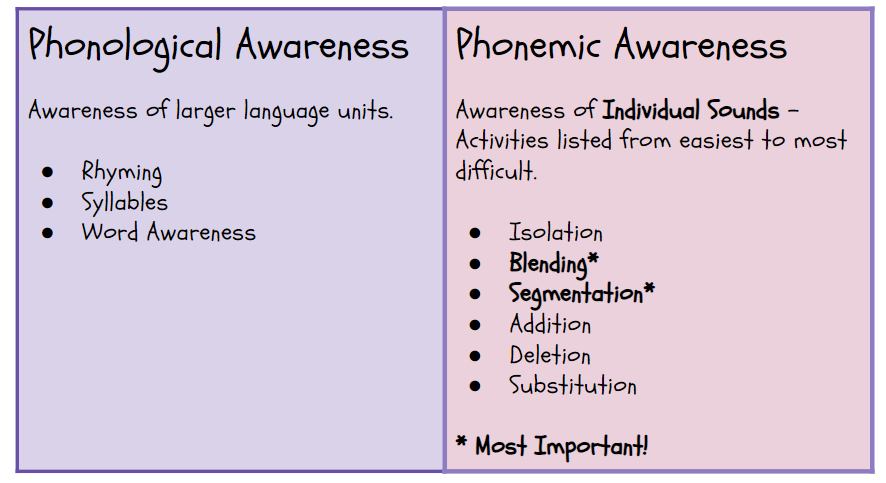
![]()

Like a page? Editable documents are available! Read on…
DONATIONS ARE APPRECIATED. This is an independent, unsponsored website created through years of effort and dedication. Donations help with the publication and maintenance costs. As a thank you, donors may request a Word doc of one of my site's pages, along with my 900-page collection of decodable texts. THANK YOU for your support!

![]()